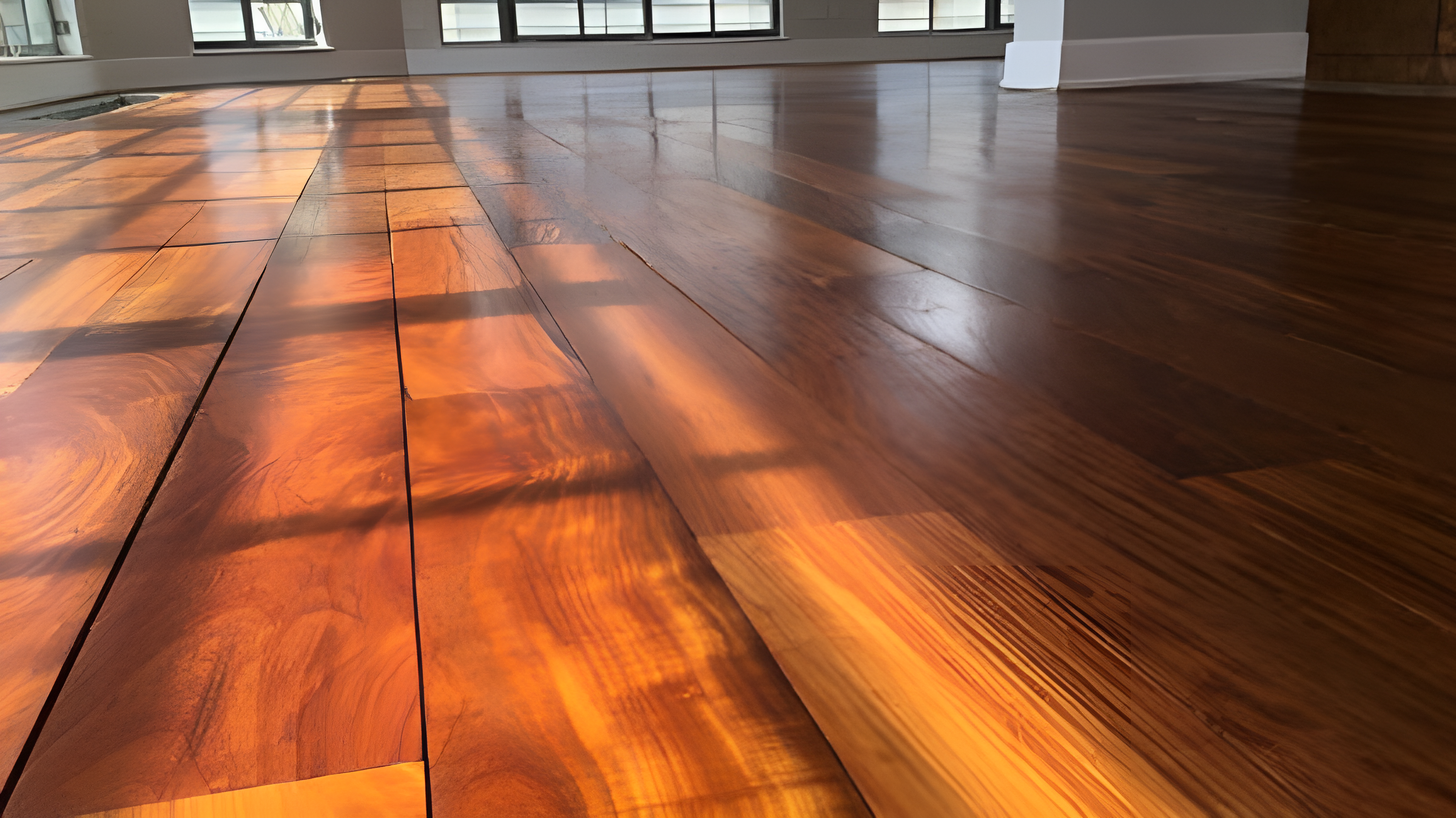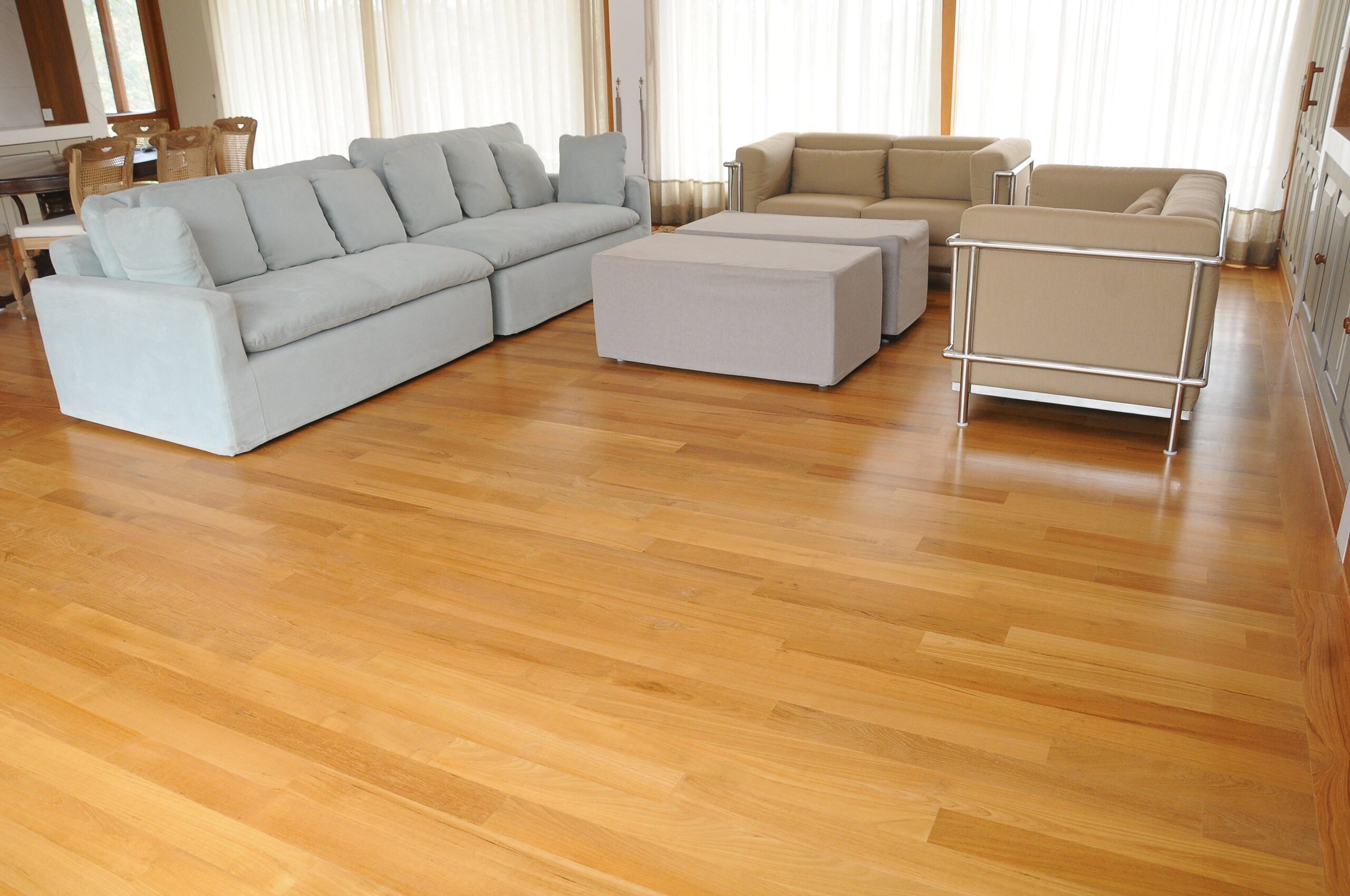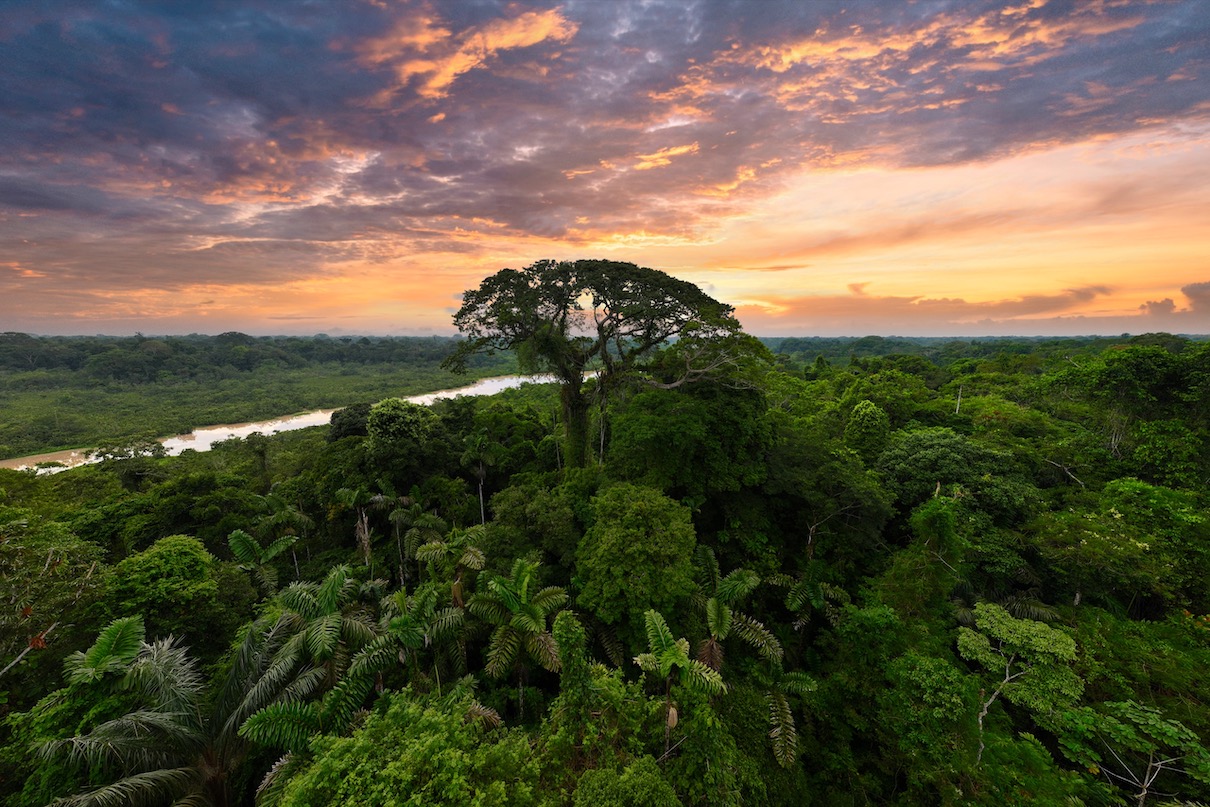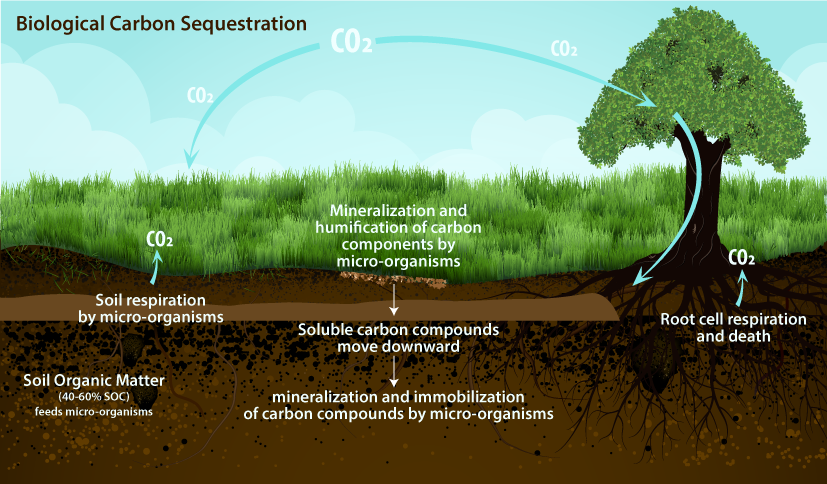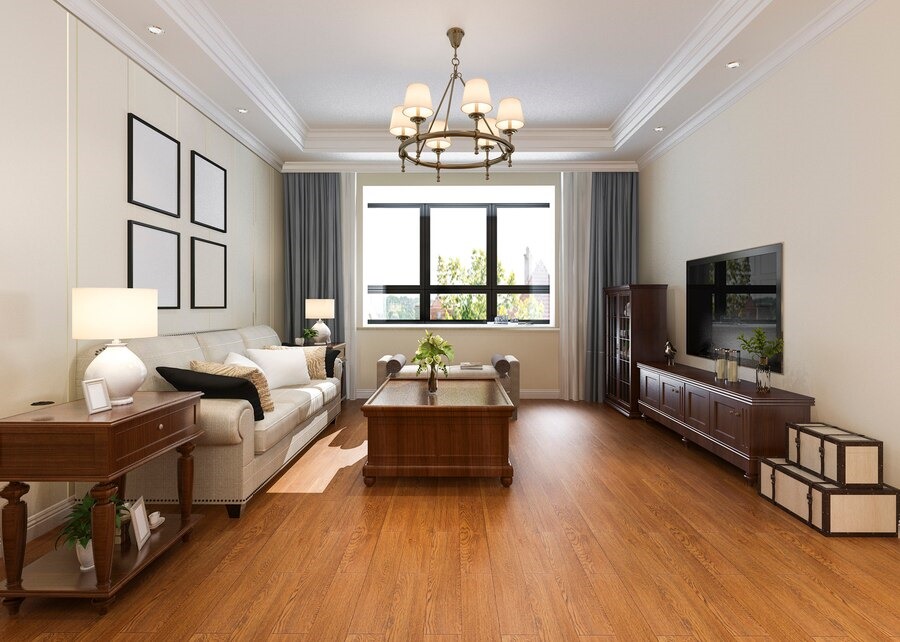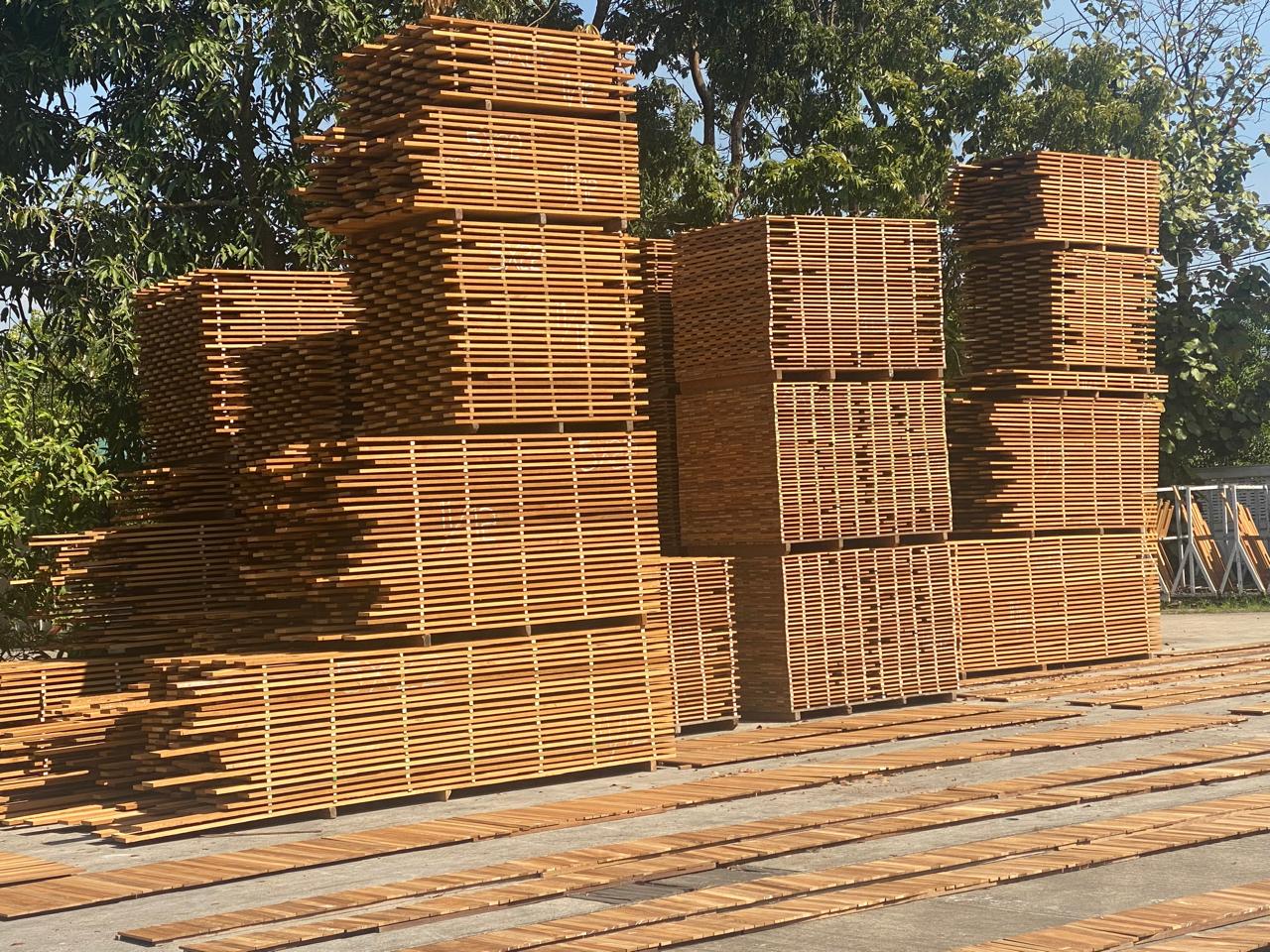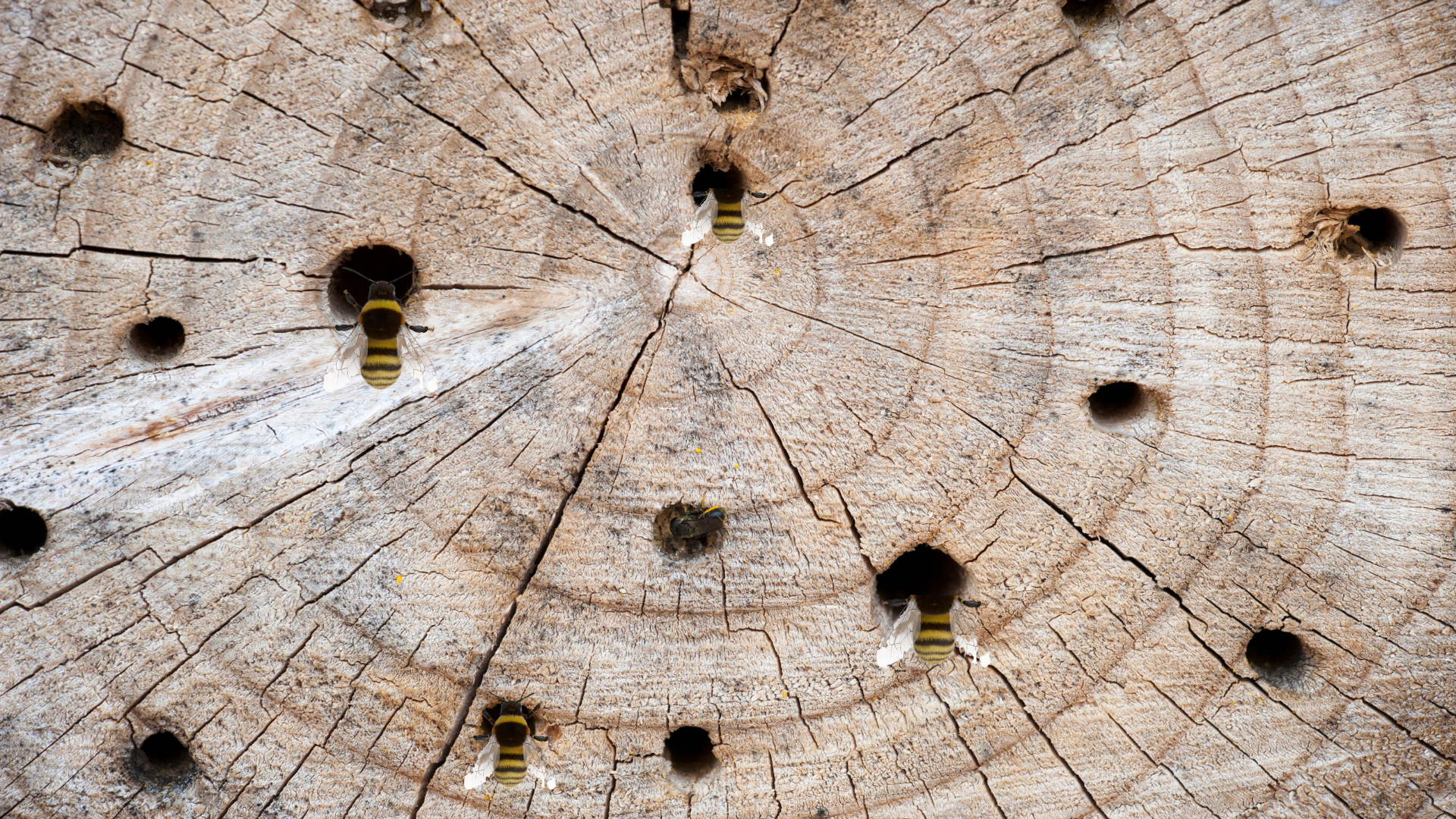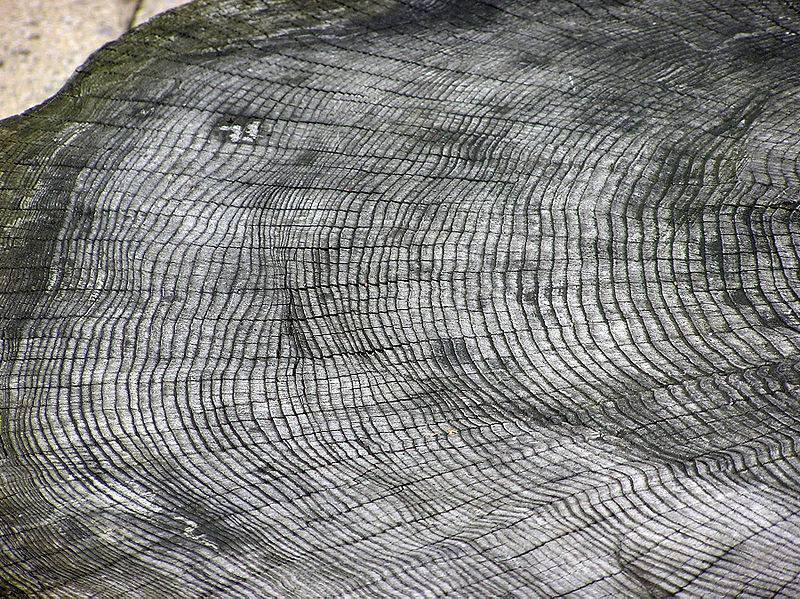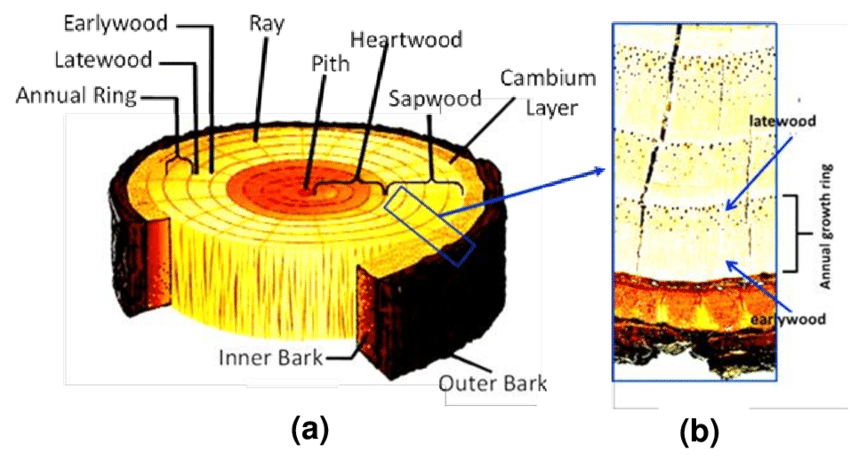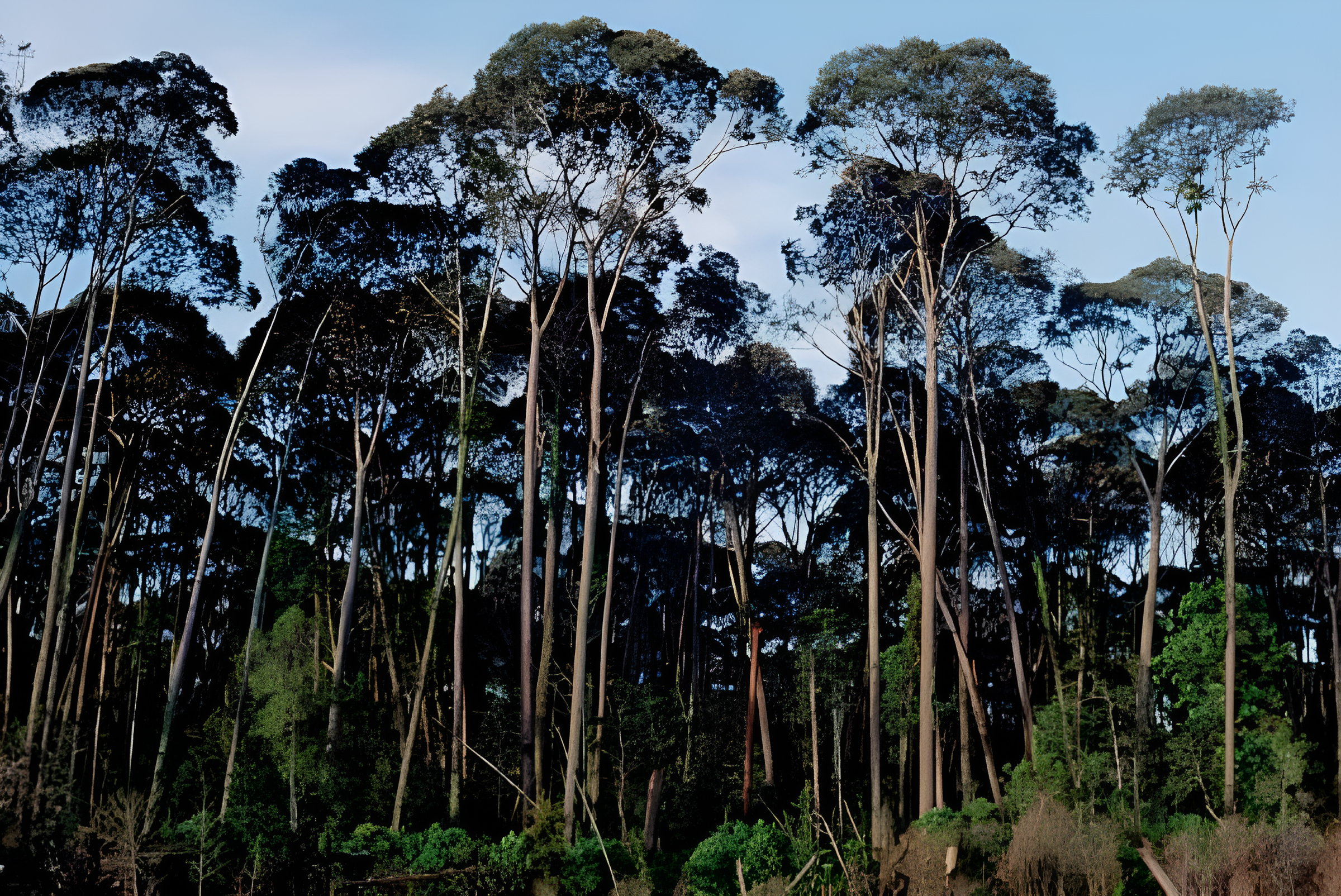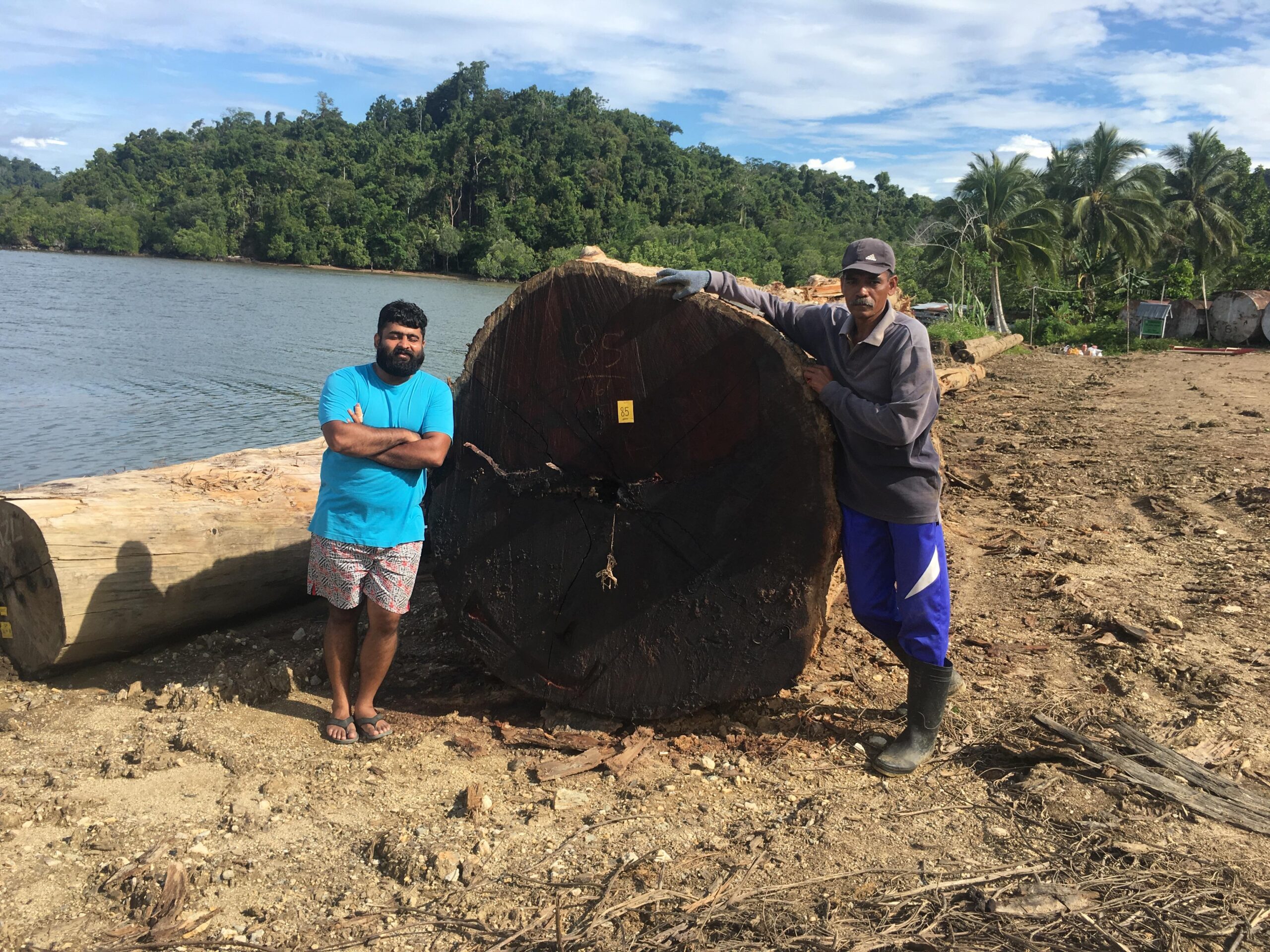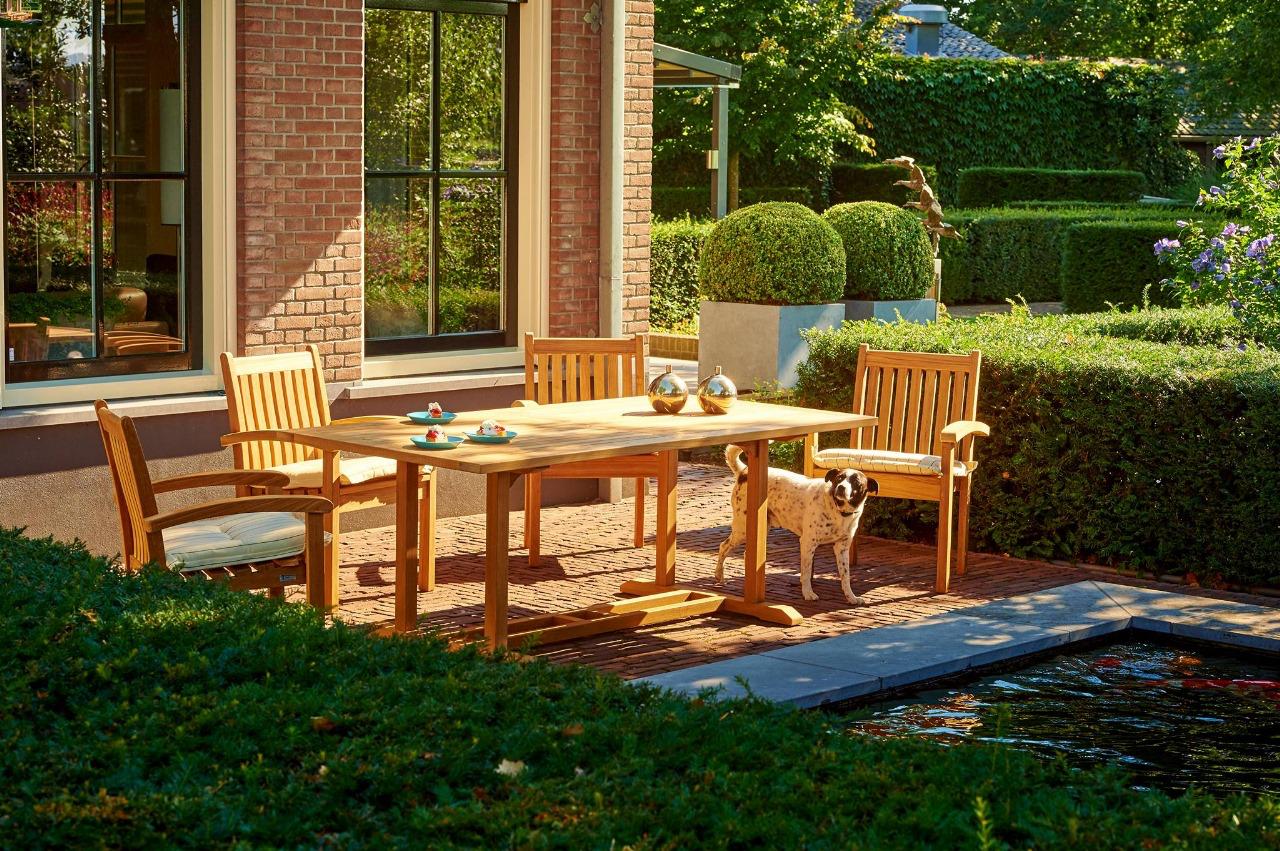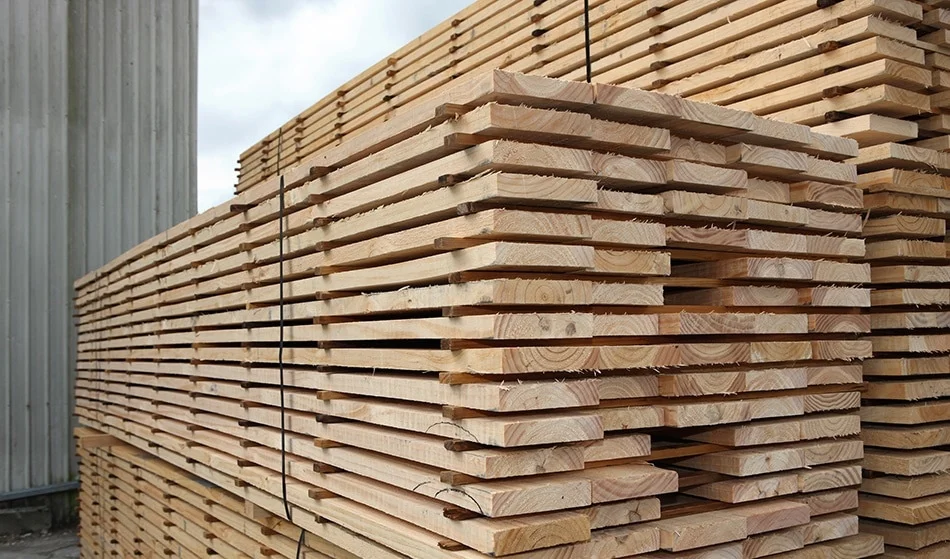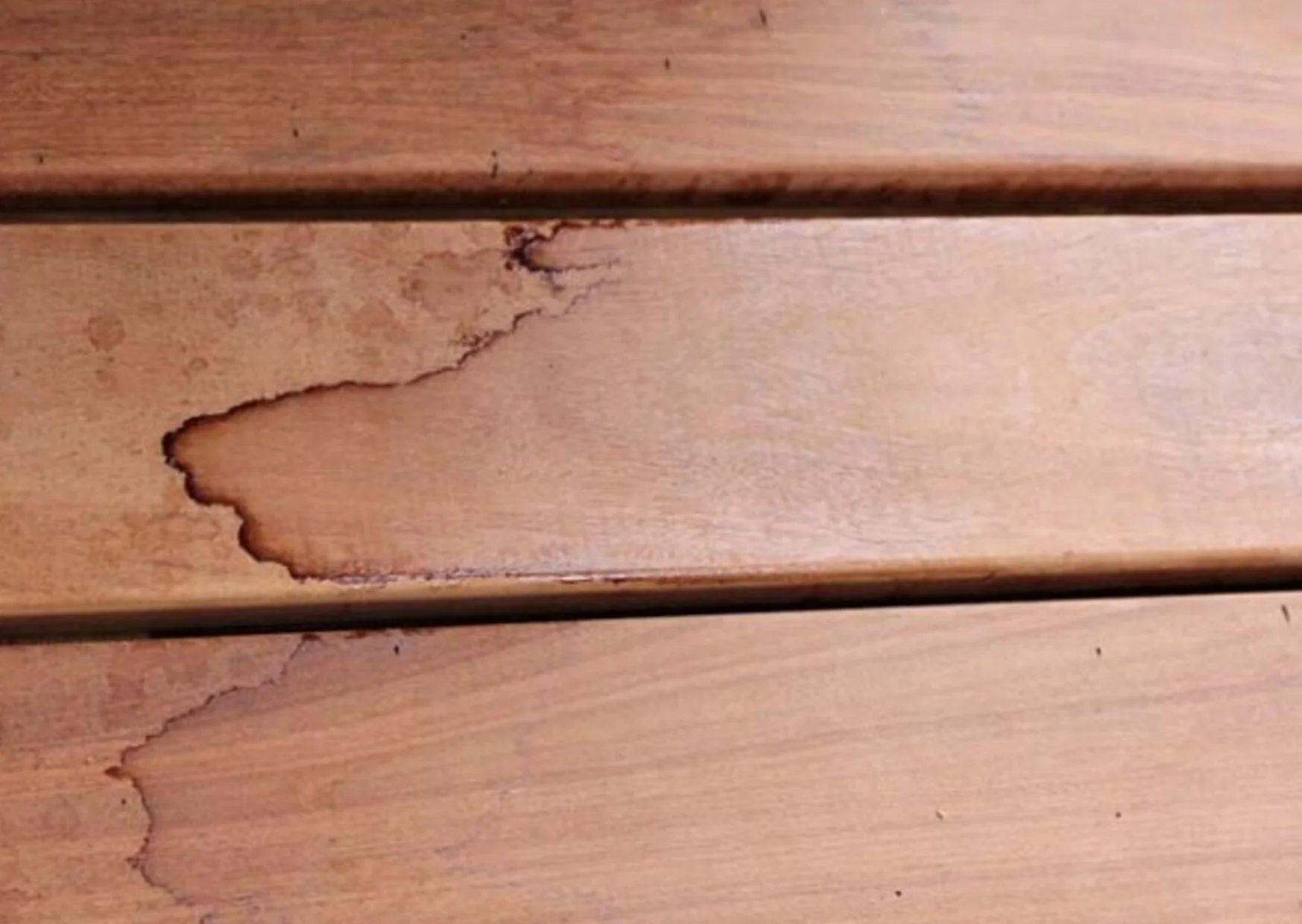When the tsunami struck the Asian continent, Indonesia was among the worst-hit countries. At the time, most of the “Honne” timber supplied to the Indian market, especially Bangalore, was sourced from Indonesia. With ports heavily damaged, Honne shipments were halted for months, creating an urgent shortage in the Indian market. Traders had no choice but to search for an alternative to meet demand.
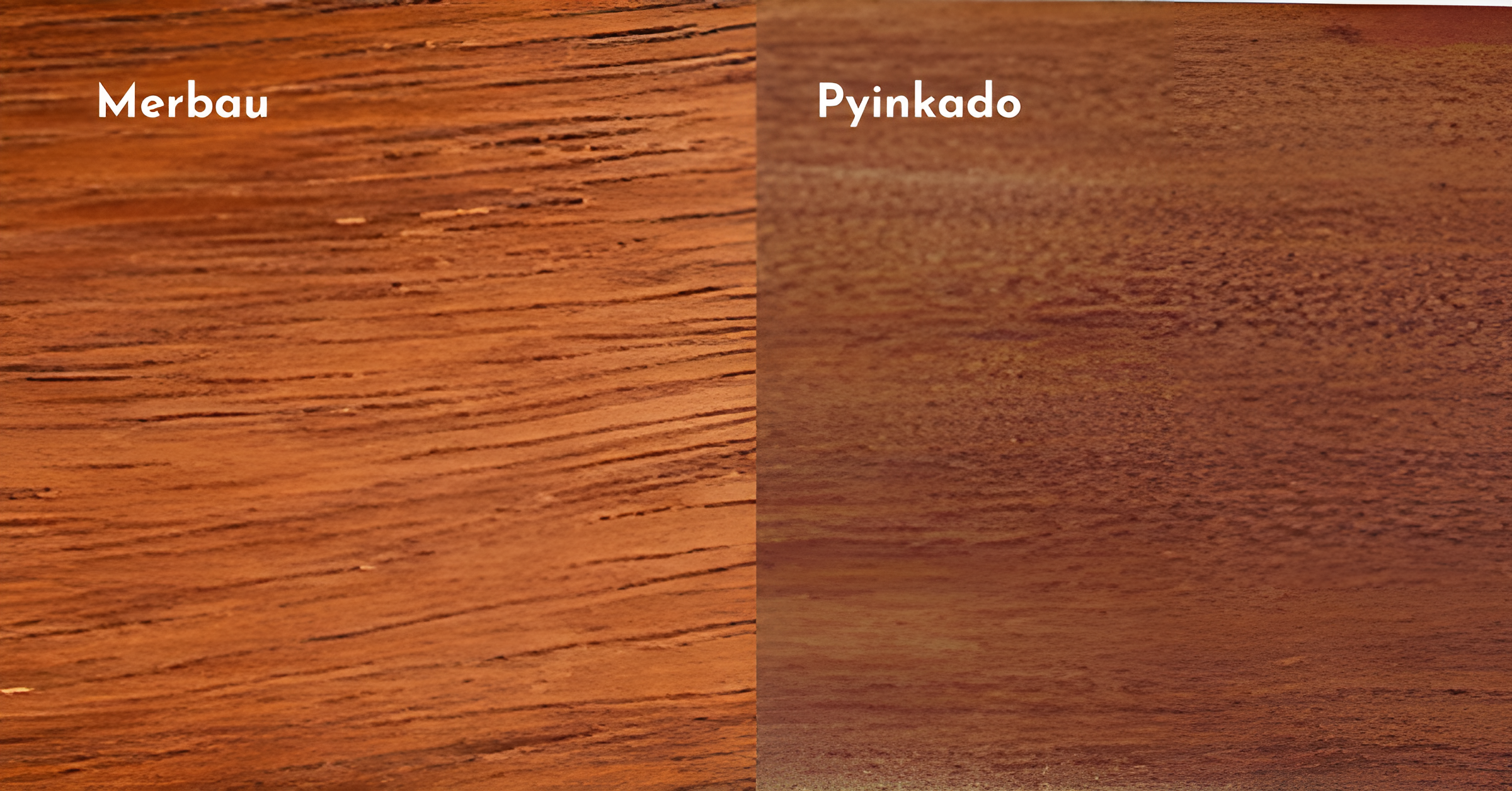
Enter Pyinkado, a timber from Burma, introduced in the Bangalore market as a substitute for Honne under the label “Burma Honne.” Traders were confident in this choice for several reasons:
Merbau from Indonesia, also known as Australian Honne, and Pyinkado from Burma shared more or less similar characteristics. The two woods even looked alike. Pyinkado was already familiar in South India, as it had been widely used in Kerala for years without issues. However, to everyone’s surprise, Pyinkado soon began to bend and warp in Bangalore’s climate. Window shutters made from Pyinkado warped so severely that they cracked glass panes within months. This unexpected reaction caught the market off guard. Traders had assumed that if Pyinkado performed well in Kerala, it would thrive in Bangalore too.
Merbau from Indonesia, also known as Australian Honne, and Pyinkado from Burma shared more or less similar characteristics. The two woods even looked alike. Pyinkado was already familiar in South India, as it had been widely used in Kerala for years without issues. However, to everyone’s surprise, Pyinkado soon began to bend and warp in Bangalore’s climate. Window shutters made from Pyinkado warped so severely that they cracked glass panes within months. This unexpected reaction caught the market off guard. Traders had assumed that if Pyinkado performed well in Kerala, it would thrive in Bangalore too.
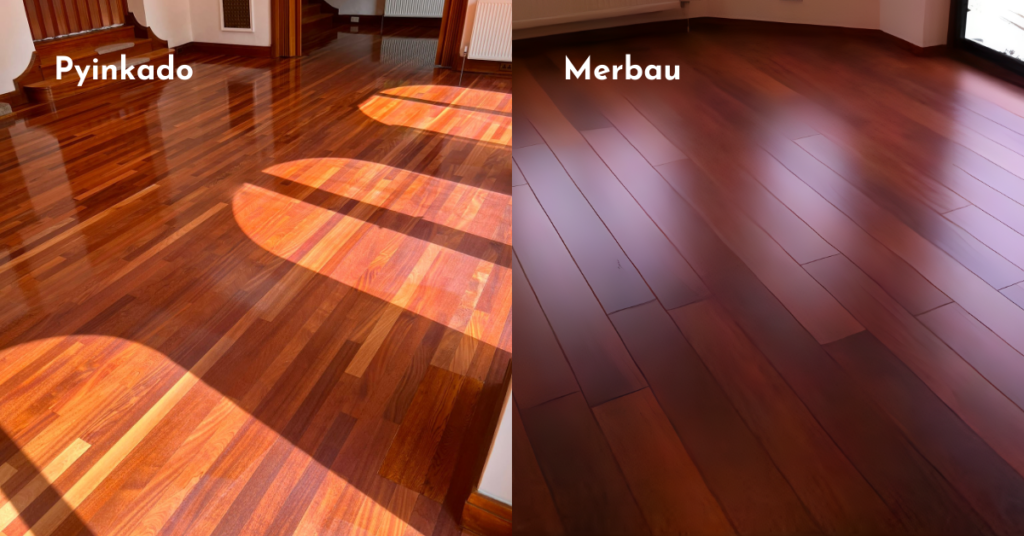
The experience highlighted a crucial lesson for the timber industry: timber, being a natural product, can behave unpredictably. While Kerala’s humid climate proved favorable for Pyinkado, Bangalore’s dry climate led to warping and instability.
This story serves as a reminder that timber properties can vary significantly depending on the climate, underscoring the need to consider environmental conditions when selecting wood for different regions.
This story serves as a reminder that timber properties can vary significantly depending on the climate, underscoring the need to consider environmental conditions when selecting wood for different regions.
